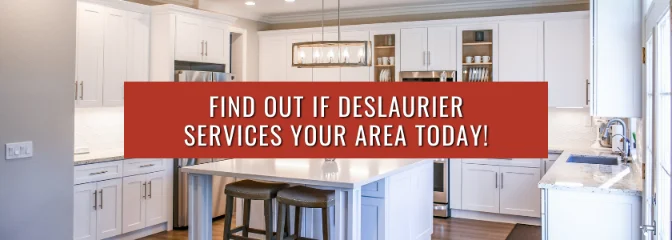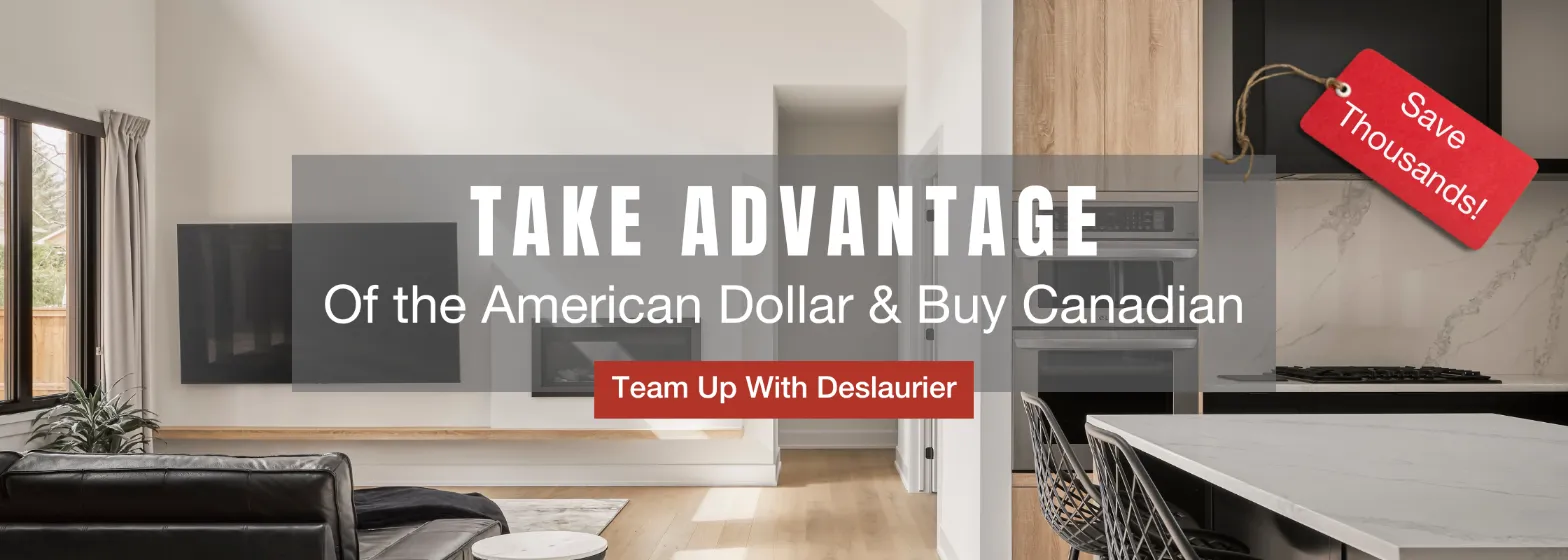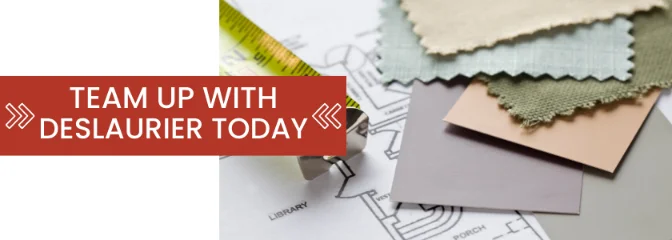5/11/2021 • Blog, Product Reviews, Comparisons
MDF vs. Natural Wood Cabinetry: A Comparison
Picking cabinetry is no small task. With so many door styles, colours, finishes, and materials to choose from, the process can become overwhelming.
The cabinet material you choose can have a significant impact on the finish, hardware, appliances and countertop you choose.
Don’t know which product is best for the beautiful white paint you have in mind? Or wondering about which type of wood will pop with the right stain?
This article will compare MDF cabinets with a number of popular natural wood cabinet options, ensuring that you know which material is best for your kitchen cabinets.
Let’s get started!
| Table of Contents |
What Is MDF?
Medium density fiberboard (MDF) is a material manufactured by breaking down softwood and hardwood residuals into wood fibers. These wood fibers are compacted with wax and resin, formed into panels, and applied with high pressure and temperatures in order to create a durable, condensed board.
Since it is such a condensed product, MDF is heavier than a natural wood of the same thickness.
MDF is a popular wood-alternative product used for shelving, cabinets, mouldings, trim, doors, and even furniture!
What makes MDF such a popular building material throughout the industry is that it is easy to work with, providing clean and easy saw cuts.
An experienced and proficient DIYer can certainly make their own cabinetry or shelving unit with MDF.
Are MDF Cabinets Good?
Even though it weighs more than natural wood, MDF does not have the strength to support as much weight without increasing the thickness of the sheet.
One downside to its smooth surface is that once the chosen finish is applied, dents and scratches in MDF can’t be fixed like in natural wood.
That being said, no one intends to subject their kitchen doors to heavy abuse, so having MDF for cabinet doors instead of wood will not be a detriment.
While MDF cabinet boxes are not common practice, MDF cabinet doors are extremely popular and make for a great selection in any kitchen.
MDF Cabinet Finishes
Paint
MDF’s smooth surface is perfect for a clean, painted finish. In fact, if you are interested in painted cabinetry, it is hard to find a better alternative than using MDF for your door fronts.
MDF does not expand and contract to temperature changes as drastically as natural wood does, meaning MDF is not as likely to cause visual cracks and joint separations once painted.
With that being said, keep in mind that MDF is susceptible to water. It is vital that you properly treat and seal MDF, especially all cut edges, before applying any primer and paint.
Otherwise, an MDF door exposed to a pronounced amount of water could become soggy and disintegrate.
Thermofoil
Thermofoil (thermo) is a PVC vinyl material that is applied to MDF doors through heat and vacuum pressure, fusing the two together. The thermofoil process produces a seamless surface, usually in a solid colour, but sometimes also a faux wood grain pattern.
Thermofoil offers a wide variety of different colours in textured, matte, or high-gloss styles.
Take a look below at a side by side of thermofoil and painted cabinet doors.
.png?width=600&name=Glazes%20(3).png)
Thermo is almost always cheaper than paint, and the finish holds up better against water or light hand scratches as well.
The downside to thermofoil is the potential for peeling. If the front is scratched and exposes the surface, it is nearly impossible to repair.
It is also extremely vulnerable to heat damage. High temperatures can cause the thermo to delaminate from the cabinet and essentially “unstick” from the surface.
MDF Cabinet Cost
When it comes to the cost of MDF, the thicker the fiberboard the higher the price.
The cost of MDF can come down to several factors. The quality of the product, thickness, and also the finish. A high-quality painted finish will cost 10-15% more than some stained, natural wood products (more on that below).
If you’re an avid DIYer, making your own MDF shelving or cabinetry, and painting it yourself, is a smart, cost-efficient idea.
Natural Wood Cabinets
Natural wood cabinets provide a distinct alternative to MDF.
Hardwood options, such as Maple, Birch, Cherry, Oak, and Walnut will offer an aesthetic uniqueness that does not come with MDF.
As natural products, no two cabinetry pieces from the same wood will be exactly alike. Just like the trees themselves, there will be slight differences from one slab to the next; ensuring a beautiful, idiosyncratic look.
Natural, hardwood options will expand and contract with changes in temperatures or humidity and as a result are susceptible to warping over time. While warping would take significant moisture, or happen over a long period of time, it is still something to be aware of when choosing natural wood cabinets.
Let’s take a look at a few popular natural wood cabinetry options and their defining features!
Types Of Natural Wood
Maple
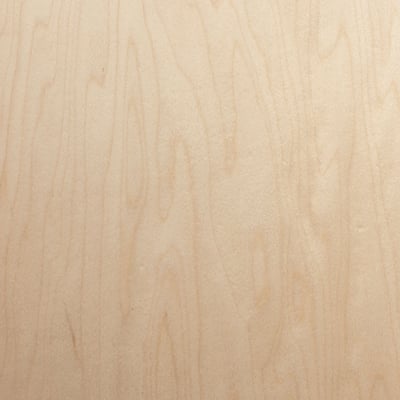
Maple is one of the strongest and most durable natural wood options available. It holds up well resisting significant dents or dings.
One of the strongest and most durable wood available, Maple holds up well to resist significant dents or dings.
Maple is white with reddish-brown hues and a smooth grain resulting in a fine, shiny appearance that becomes almost glossy when stained.
Further, Maple is readily available and easy to source, meaning there is no shortage of options when selecting maple cabinets.
This results in Maple being one of the more reasonably priced options for kitchen cabinetry considering the quality of the wood.
There’s no wonder why Maple is such a popular wood as it is highly versatile with a fine grain that allows it to produce a beautiful finish whether painted or stained.
If you're choosing Maple, you won't be disappointed!
Birch
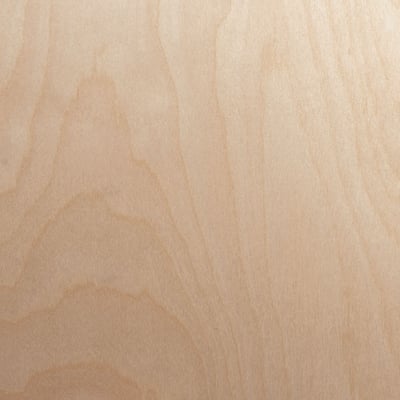
Just a step below Maple, Birch is a strong, durable, and reliable wood choice, often used in plywood, crates and shelving.
It is a porous wood species, meaning that when it is being stained it can absorb at different rates, resulting in blotchiness. This is important to know if you plan on staining or refinishing any door yourself.
Because of it's soft, smooth texture and being less than ideal to stain, Birch is known as a paint-grade wood. Of the natural woods, Birch offers the best painted finish when compared to an MDF door.
Check out an in-depth comparison of Birch vs Maple cabinets.
Cherry
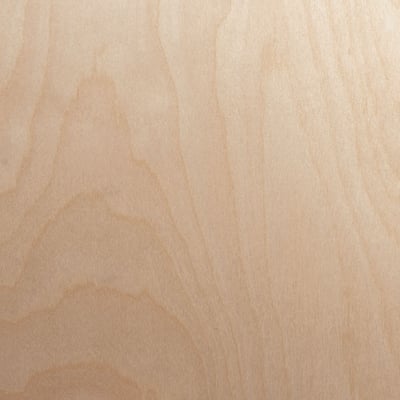
Distinguishable by its rich, dark, reddish-brown colour, Cherry is one of the most luxurious woods you can find for your furniture or cabinetry.
Prized for its aesthetic, Cherry offers a more traditional look. It has a smooth, closed grain pattern similar to maple. It is highly durable and stands up to abuse.
A key characteristic of Cherry wood is its aging process. Starting almost as a light or golden pink, it gradually gains deep, alluring red hues as it is exposed to oxidation and natural lighting over time.
Cherry wood is often very expensive, especially to outfit an entire custom kitchen with high-tier cherry wood.
While still a reliable wood, Cherry is slightly less durable than Walnut, Birch, or Oak.
Oak
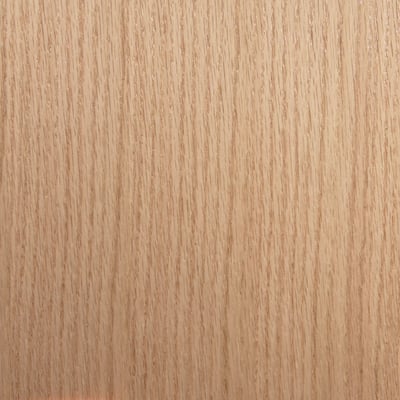
Oak is a durable and strong wood with a prominent grain.
That makes it ideal for staining, as its beautiful grain will emerge proudly through a stained finish.
Since oak is so readily available, the product is reasonably priced for kitchen cabinetry.
Also, White oak is on trend and extremely popular right now!
Walnut
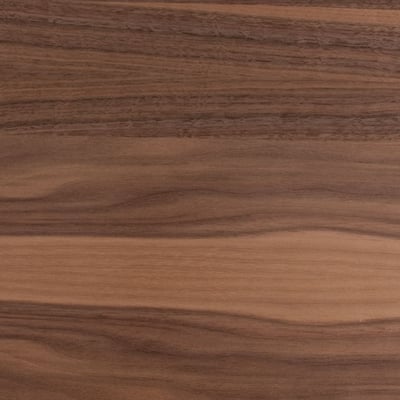
As you can see for yourself, Walnut is stunning natural wood noted for its significant colour and strong grain variation, ranging anywhere from a light brown to a dark chocolate hue.
Walnut is one of the most beautiful wood materials you can have when looking to apply a stained finish to your cabinets.
It should be noted that Walnut is not as readily available as other woods like Maple or Oak, which results in Walnut being a high-quality kitchen cabinet material with an expensive price-tag.
Natural Wood Cabinet Finishes
Stained
Unlike MDF, the right stain can offer a beautiful finish to your natural wood cabinets.
The biggest aesthetic indicator of stained cabinetry is that the wood’s natural grain pattern and texture remains visible. Stains seep into the cabinet door surface and provide a translucent finish.
Moreover, stains allow for a more natural, earthy finish to appreciate the beautiful nuances of natural wood grain. As a result, the knots and grains of the wood species stay prominently on display.
This is a stunning look if you want to proudly present your beautiful, natural wood cabinetry.
Stains also offer a more durable finish that can hide damages or blemishes easier than a paint. As paint is prone to chipping, peeling, and cracking, it may be more of a hassle if they are subjected to use and abuse.
Paint
If you intend on applying a painted finish to your wood cabinets, you can disregard their distinctive grain patterns as they won’t show through the primer and paint.
Not only does paint offer a vibrant colour to cabinets, but there are also numerous customization options available when choosing a paint choice. You can select your own paint favourite, or even colour match!
Stained cabinets are more forgiving to wear and tear, as opposed to painted cabinets which are more suited to a colourful, uniform finish.
Since natural wood expands and contracts due to temperature and humidity changes, a painted finish can be susceptible to joints cracking
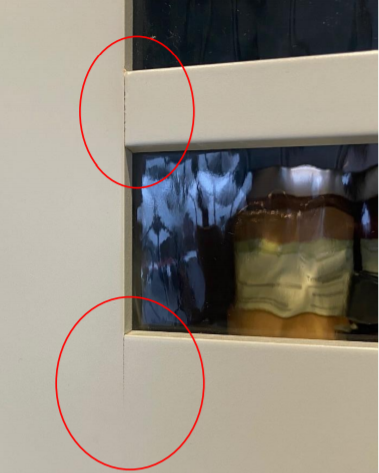
Here is a Mable door that has succumbed to cracked joints due to "breathing" movement.
Deciding between a painted or stained finish? Take a look at an in-depth comparison of Stained vs. Painted Cabinets.
As mentioned above, ideal paint-grade natural wood choice is Birch. But again, if you are simply choosing your door material for the best possible painted finish, you won’t find a better choice than MDF.
Worn and Distressed
Prefer a more rustic, natural look for your kitchen?
Worn or distressed cabinets could be exactly what you’re looking for!
There are 3 levels of distressing available: mild, moderate, and major.
There are also 8 elements of distressing to select:
- Sanded corners
- Dents and marks
- Chiseled edges
- Cracks
- Wormholes
- Screw pattern
- Sanded edges
- Filed corners
These characteristics can be combined to form the perfect rustic, antiquated appearance you’re looking for.
Worn cabinets involve sanding down the edges and corners of a cabinet door to expose the core material underneath. They subtly display the natural wood underneath a stain or paint, providing a beautifully aged cabinet door.
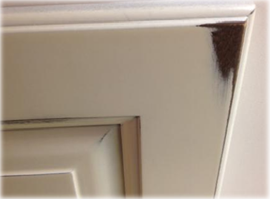
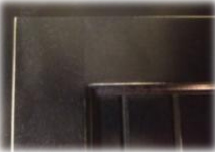
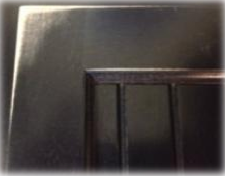
Distressed and worn features can also be combined to take your rural, countrified doors to the next level!
Natural Wood Cabinets Cost
As stated above, the cost will vary depending on the choice of wood you select.
Cost is always dependent on the grade of the wood, market conditions, and manufacturer.
As an example: Deslaurier sources very high-grade wood, and so the cost of products such as Birch or Maple are virtually the same. But traditionally, Birch is a less-expensive product than Maple
In general, painted cabinets will typically cost 10-15% more than stained cabinets, due to the excess labour involved in the extensive painting process
Compare for example an expensive high-end paint on an MDF door against a subtle stain on a Cherry door. Even though Cherry is a more expensive raw product, the high-end paint selected will almost always result in a more expensive finished product than a simple, stained natural wood cabinet.
The Verdict
Choosing between MDF and Natural Wood options comes down to a variety of factors. After reading this article you should have a better understanding of what style, material and finish is right for your needs.
Looking for a solid colour with a clean finish? MDF in a paint or thermofoil finish is the way to go.
Prefer a rustic, natural look in your kitchen? You can't go wrong with a prominent, beautiful wood grain like Walnut or Cherry with a stained finish.
Ready to see how these cabinet options will look in your dream kitchen? Book a free consultation with a Deslaurier expert in our Jupiter, Florida showroom!
